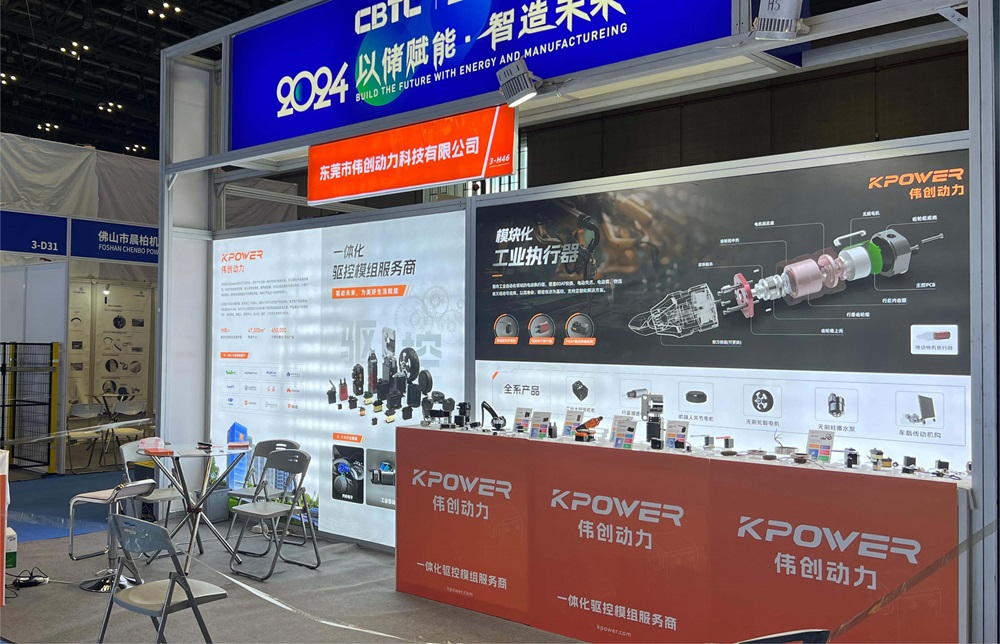Unleashing Creativity with Simple Arduino Projects Featuring a Servo Motor
If you’re stepping into the fascinating universe of electronics and microcontrollers, Arduino is often your gateway. It’s a versatile platform that democratizes technology, allowing hobbyists, students, and inventors to turn ideas into reality with minimal fuss. Among the myriad components used in Arduino projects, the servo motor holds a prominent place due to its simplicity and wide range of applications.

A servo motor is a tiny, powerful device capable of precise rotational control. Unlike regular motors, servos have built-in feedback mechanisms, enabling them to hold a position or move to a very specific angle. This makes them ideal for projects involving robotic arms, automation, camera positioning, and interactive art installations.
Why Choose Servo Motors for Your Arduino Projects? Servo motors are beginner-friendly yet versatile. They typically require only a few wires: power, ground, and a control signal. With them, you can create projects that involve moving parts, adjustable mechanisms, or even remote-controlled devices. Their ease of use and real-time responsiveness open up endless possibilities—think of creating a simple robotic arm or a rotating camera mount with just a few components and some code.
Getting Started: Basic Components and Setup Before diving into projects, gather some essential items:
Arduino board (Uno, Nano, Mega, etc.) Servo motor (standard hobby servo) Jumper wires Breadboard (optional but recommended) Power supply (usually USB or external 5V source)
Once you have your components, hookup is straightforward. Connect the servo's power and ground pins to the Arduino's 5V and GND. Connect the control wire (usually yellow or white) to a digital PWM pin like 9 or 10.
Basic Code to Control a Servo Motor Here's a minimal example to make your servo sweep back and forth:
#include Servo myservo; // create servo object void setup() { myservo.attach(9); // attach servo to pin 9 } void loop() { for (int pos = 0; pos <= 180; pos += 1) { // sweep from 0 to 180 degrees myservo.write(pos); // tell servo to go to position in variable 'pos' delay(15); // waits 15ms for the servo to reach the position } for (int pos = 180; pos >= 0; pos -= 1) { // sweep back from 180 to 0 myservo.write(pos); delay(15); } }
This simple code makes the servo sweep smoothly from 0° to 180° and back, showcasing the fundamental control.
Project Ideas for Beginners
Rotating Object: Use a servo to rotate a small display or picture frame. Automatic Door Opener: Trigger a servo to open or close a tiny door for a dollhouse or a pet feeder. Camera Slider: Build an automated camera slider for time-lapse photography. Interactive Art: Create interactive exhibits where movement is controlled by sensor inputs.
Expanding Your Skills Once you master basic movement, you can experiment with more advanced techniques:
Using multiple servos simultaneously for robotic arms or pantomime figures. Implementing sensors like potentiometers for manual control. Programming timed or conditional movements.
In a nutshell, simple Arduino projects involving servo motors are an excellent way to learn fundamental electronics and programming concepts while having tons of fun. These projects set the stage for more complex automation, robotics, and interactive creations.
Stay tuned for the next part, where we’ll explore more detailed project examples, troubleshooting tips, and resources to inspire your next build. Whether you want to craft a mini robot or automate your home, these simple projects are stepping stones to a world of engineering creativity.
Established in 2005, Kpower has been dedicated to a professional compact motion unit manufacturer, headquartered in Dongguan, Guangdong Province, China.




































